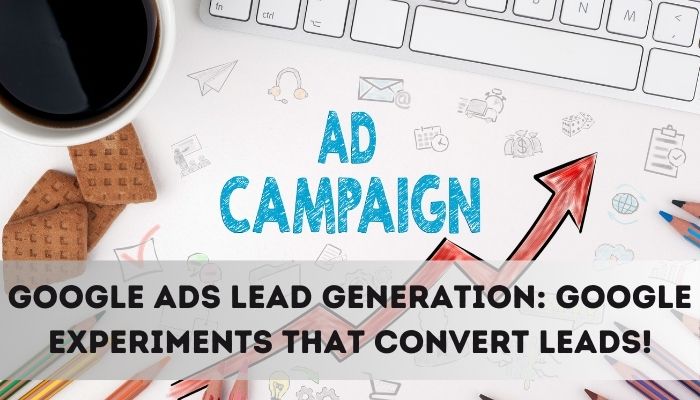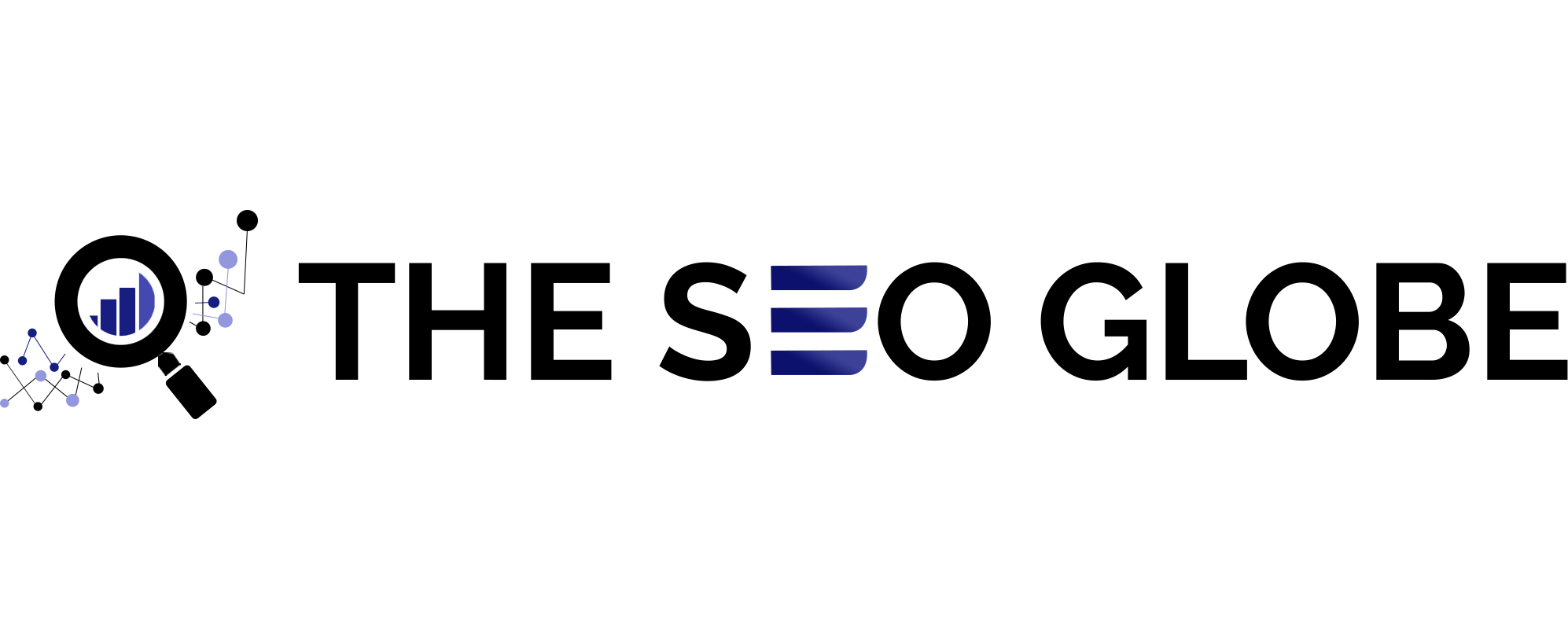Explore the results of incredible experiments using Google Ads Lead Generation. Explore what you could learn from these and what your next plan should be!

Although Google ads lead generation is a potent tool for generating leads it can be challenging to optimize campaigns for optimal effectiveness. Lead generation is the main topic of this article’s exploration of the learnings from Google ads lead generation experiments.
We will discuss what Google Ads experiments are how to set them up and the outcomes of important tests such as exact match vs. phrase match to maximize bidder conversion relative to target CPA at various levels and employ alternative tactics.
Google Ads Lead Generation Experiments: What Are They?
With Google ads lead generation experiments, marketers can experiment with various campaign setups strategies, and optimizations to see which ones yield the best outcomes. It is possible to measure the effects of each change on important performance metrics such as conversion rates cost per acquisition (CPA) and return on ad spend (ROAS) by creating a controlled environment in which one or more variables can be changed while maintaining the same values in other variables.
Configuring an Experiment
A systematic process is involved in setting up Google ads lead generation experiments. You can test lead generation more effectively by organizing your experiments as follows:
Important Test Areas
- Match Types
Determine which keyword match type exact phrase or broad, delivers the highest caliber leads by testing various match types.
- Bidding Strategies
Evaluating various automated and manual bid strategies such as maximizing conversions versus. Target CPA to ascertain which strategy generates more leads at a cheaper price.
- Ad Copy Variations
Determine which advert reproduction most appeals to your target market by experimenting with unique headline descriptions and getting in touch with call-to-action (CTA) phrases.
- Landing Page Variations
Try a variety of landing page layouts forms and content to see what best converts site visitors into leads.
- Target CPA Levels
Find the sweet spot between bid amounts and lead quality by testing target CPA at different levels.
Results of the Experiments
Once the experiments are complete analyze the outcomes by concentrating on important metrics such as CPA click-through rate (CTR) conversion rate and overall lead quality. Seek statistically significant distinctions to make sure the modifications are real and not the result of chance oscillations. Many important conclusions were drawn from the Google ads lead generation experiments, particularly about match kinds, bidding tactics, and target CPA levels.
1. Match Exact vs. Phrase Match
The use of phrase match or exact match keywords in Google AdWords is a topic of frequent discussion. What the experiments showed was as follows:
Exact Match
More focused targeting was offered which increased lead quality but increased cost per lead. This match type reduced clicks that were not relevant which made it perfect for campaigns with limited funds that prioritized quality over quantity.
Phrase Match
Generally produced more leads than exact match frequently at a lower cost per lead. But there was more variation in the quality of leads with a higher percentage of unqualified leads in certain campaigns. When volume is the aim phrase match is helpful but it might take more work to manage negative keywords.
Key Insight
An exact match is usually better for companies that value lead quality. Phrase match however may be more successful if the objective is to increase lead volume with acceptable quality.
2. Boost Conversion Bidding in Comparison to Alternative Bidding Techniques
An automated method called maximize conversion bidding aims to maximize conversions while staying within your budget. The studies contrasted this approach with alternative methods such as enhanced and manual CPC.
Maximize Conversions
Generally causes more leads to be generated particularly in markets with intense competition. On the other hand in certain niches where conversions were more costly, the CPA was occasionally greater than with manual bidding techniques.
Manual CPC
This kind of bidding allowed for more precise control which could be useful in campaigns where certain keywords were known to do well. It often produced fewer leads overall and necessitated more continual management.
Enhanced CPC
Modified bids by the probability of a conversion offering a balance between automation and control. Although it required close observation to prevent overspending on particular keywords this strategy frequently produced a lower CPA than maximizing conversions.
Key Takeaway
Although it might not always be the most economical course of action maximizing conversions works well for campaigns aimed at increasing lead volume. A more balanced approach is provided by enhanced CPC whereas manual CPC works best for campaigns that target highly profitable keywords.
3. Goal CPA in Comparison to Aim for Different Levels of CPA
When you use target CPA bidding your bids are automatically modified to meet your desired average cost per acquisition. The experiments examined various target CPA levels to determine their effects:
Low Target CPA
Although fewer leads were generated greater quality leads were frequently the outcome of a lower target CPA. Because of the lower bids, the competition for the ads was occasionally lower which resulted in fewer impressions.
High Target CPA
By making ads more competitive with higher bids a higher target CPA typically resulted in an increase in lead volume. When this happened though the CPA would go up and the lead quality might suffer.
Dividing Target CPA Levels
Target CPA can be changed in response to performance information (e.g. G. increasing for some high-converting keywords and decreasing for others) worked well to maximize the quantity and quality of leads.
Key Takeaway
Target CPAs that are too general or too specific are rarely successful. Lead volume and cost efficiency can be maximized by modifying the target CPA in response to keyword or audience performance.
The Coming Actions: Plan How to Do it
These findings have led to the following concrete actions:
- Segment Campaigns
Use phrase match for campaigns focusing on volume and exact match for those focusing on quality leads.
- Optimize Bidding Strategies
Optimize CPC for a balanced approach but maximizing conversions might be the best option if scaling lead volume is the top priority.
- Modify Target CPA
To maintain the best possible balance between lead volume and cost periodically review and modify target CPA in light of performance data.
- Continuous Testing
To keep ahead of competitors and market shifts never stop trying out new tactics ad copy and landing pages. You can improve the effectiveness and yield better results from your Google ads lead generation campaigns for lead generation by utilizing the insights gained from these experiments.
Also Read: Google’s Merchant Center Next: A New Era for Retailers

